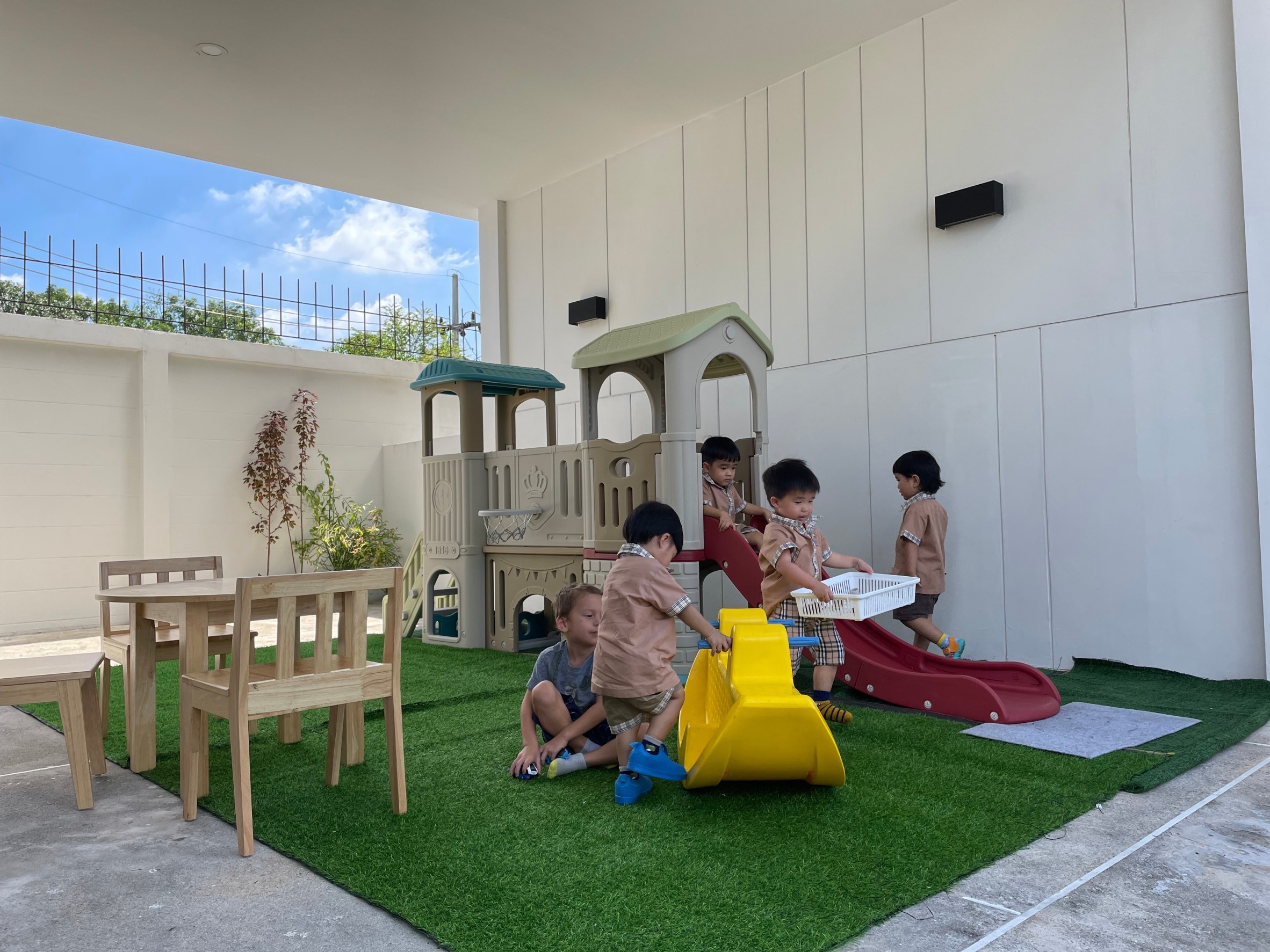Keywords: Montessori classroom, prepared environment, hands-on learning, child-centered spaces
The Montessori classroom is not just a space where children learn; it’s a carefully crafted environment designed to inspire exploration, foster creativity, and cultivate independence. In this blog post, we’ll take a closer look at the unique setup of a Montessori classroom and how it creates an optimal learning environment for young learners.
The Prepared Environment: A Foundation for Learning
Central to the Montessori philosophy is the concept of the prepared environment—a thoughtfully arranged space that invites children to engage in purposeful activities and self-directed learning. The Montessori classroom is meticulously organized with designated areas for different types of learning experiences, from practical life activities to sensorial exploration, mathematics, language, and cultural studies.
Hands-On Learning: Materials that Inspire Discovery
One of the defining features of the Montessori classroom is its extensive collection of hands-on learning materials. These materials are carefully designed to appeal to children’s senses and facilitate concrete learning experiences. From the iconic pink tower and knobbed cylinders to the golden bead materials and sandpaper letters, each material serves a specific educational purpose, allowing children to explore abstract concepts through tangible, manipulative objects.
Child-Centered Spaces: Empowering Independence
In a Montessori classroom, children are encouraged to move freely and choose their activities based on their interests and developmental needs. Low shelves display materials in an orderly manner, making them easily accessible to children and inviting them to explore independently. Child-sized furniture and tools promote autonomy and empower children to take ownership of their learning journey, whether it’s pouring water at the practical life area, tracing letters at the language shelf, or conducting experiments at the science table.
Promoting Collaboration and Community
While the Montessori classroom emphasizes individualized learning experiences, it also fosters a sense of community and collaboration among students. Mixed-age groupings allow older children to serve as mentors and role models for younger peers, while collaborative projects and group activities encourage teamwork and communication skills. Children learn to respect each other’s differences, share resources, and work together towards common goals, creating a supportive and inclusive learning environment.
Conclusion: Cultivating a Culture of Growth
As we conclude our journey into the heart of the Montessori classroom, it becomes evident that its design is far more than just aesthetics—it’s a reflection of the values and principles that underpin Montessori education. By creating an environment that prioritizes exploration, creativity, and independence, the Montessori classroom lays the foundation for a lifelong love of learning and sets children on a path towards realizing their full potential.
In essence, the Montessori classroom is not just a physical space; it’s a dynamic ecosystem where children are empowered to discover, experiment, and grow. As we continue to celebrate the transformative power of Montessori education, let us recognize the vital role that the classroom environment plays in nurturing the minds and hearts of young learners, shaping them into confident, capable individuals ready to take on the world.


No responses yet